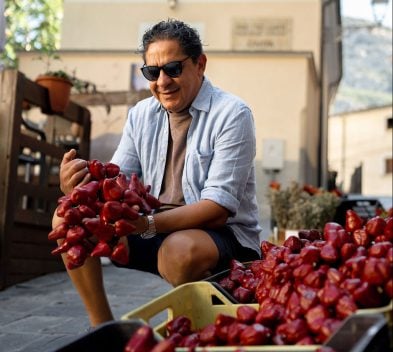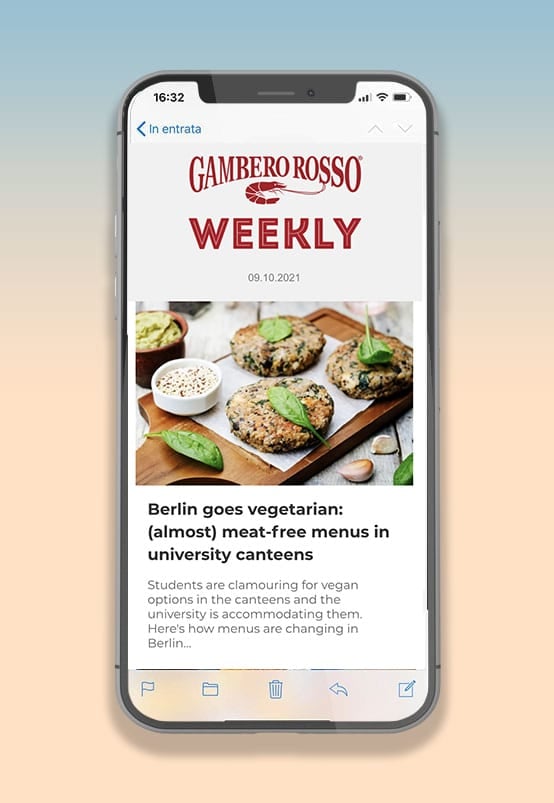Trastevere feels like a parallel Rome. Especially around Piazza San Cosimato, with children running across the playground, shouting and calling, benches filled with parents and passers-by, and a constant coming and going of locals, market workers, and those who simply wander in to lose themselves.
If you arrive from Porta Portese, the massive, squared building of the Ministry of Education looms almost alien against the neighbourhood. But just turn the corner, and you find yourself in a quieter, more intimate area. Among shop signs and window displays, you come across well-known names such as Fata Morgana (the gelateria), Le Levain (a French-inspired bakery and café), and Zia Restaurant — all respected and recognisable spots.
Here, the plane trees of the square cast a calm shade, forming a kind of natural boulevard that draws the eye towards a discreet corner venue. At the junction of Via Roma Libera and Via Luigi Santini stands IGIO, a Korean restaurant that opened in 2005 and this year celebrates its twentieth anniversary.
Korea tells its story
Upon entering, you’re greeted immediately by a television playing Korean documentaries and shows on a loop. The space unfolds in two distinct areas: a front room on the left overlooking the outdoor seating area, and, beyond a corridor, a larger dining room at the back. The tones are warm browns and soft greys, while the windows are dressed with curtains inspired by the hanok — traditional Korean houses — creating an atmosphere that feels genuine and peaceful.
Light music mingles with the chatter of the tables, while the staff — kind and smiling — welcome guests with quiet warmth.
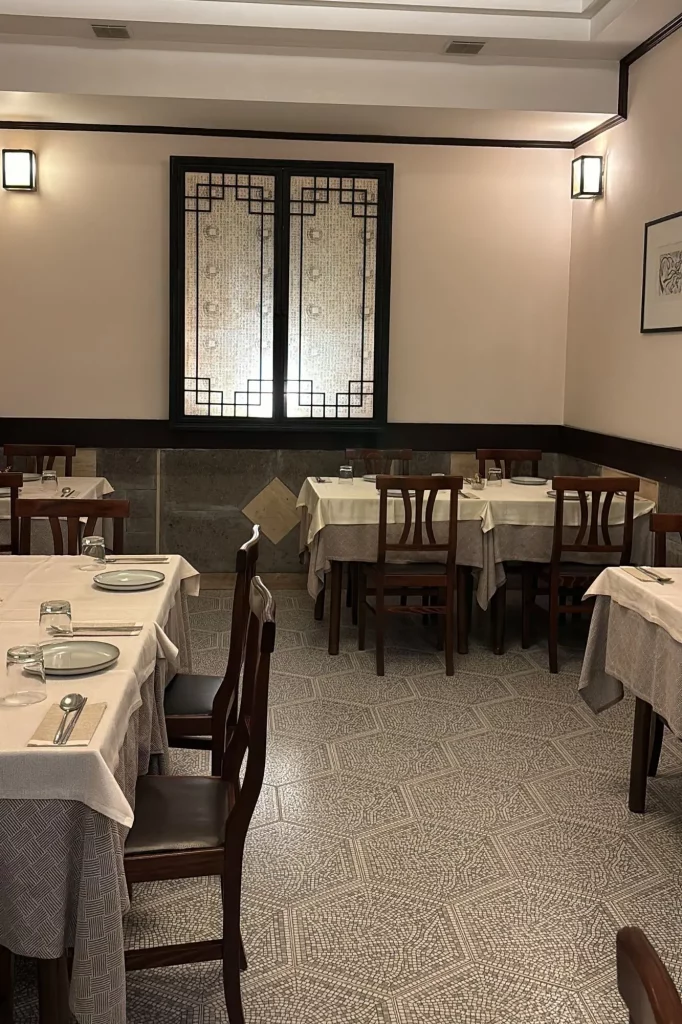
On the walls runs a real timeline of Korea. Familiar faces from pop culture — the members of BTS, singer IU, Blackpink, and Gong Yoo, star of Squid Game — wink at the present, alternating with traditional images of temples and hanbok (traditional Korean clothing).
This contrast also tells the story of the family who owns the place. Chef Kim Sin Ae and owner Jung Jong Gyu arrived in Italy in 1992 to study opera singing, later passing on their passion for food to their children — including the young Hana, who now helps run the restaurant.

Love at first taste
Once seated, the menu immediately captures attention: well explained, with clear photos and descriptions, it’s easy to navigate even for those unfamiliar with Korean cuisine.
After ordering, the eye can wander around the room, looking for clues to what will soon arrive. On the walls, there are explanations about kimchi, soju, makgeolli, and even why Korean chopsticks are flat and made of steel.
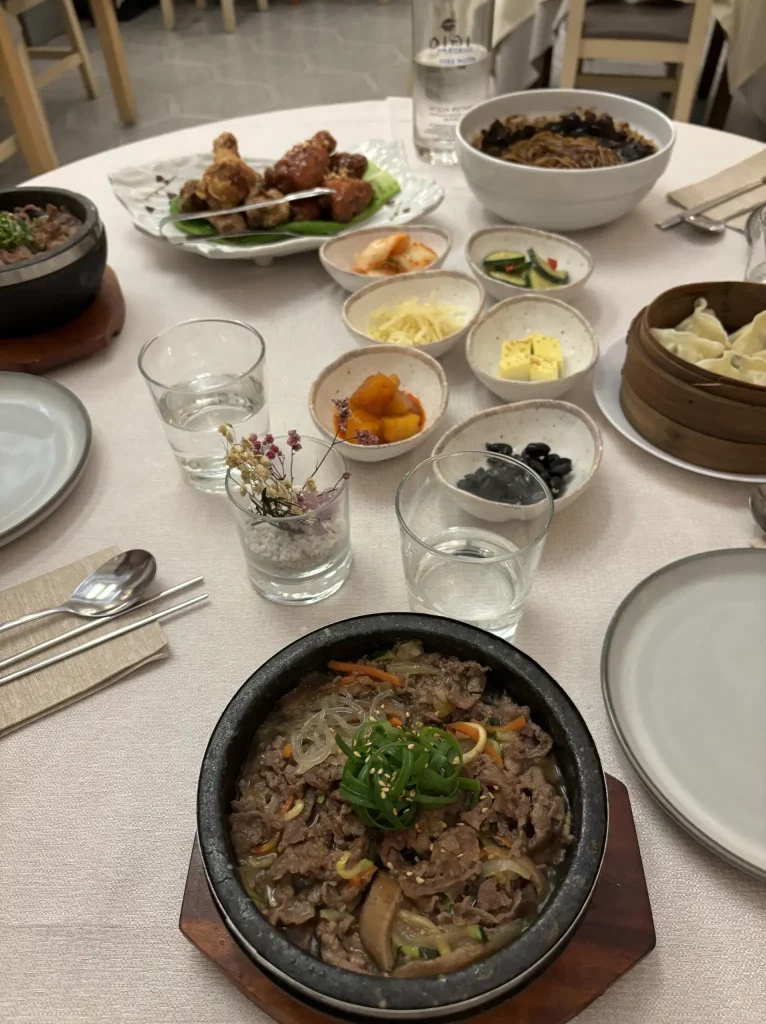
When the banchan — those small shared side dishes served in tiny bowls — arrive, you instantly perceive the heart of the tradition. They are the centre of Korean conviviality and change daily according to the season.
The kimchi, always present, carries that spicy, fermented flavour that at first feels sharp, almost pungent, but soon awakens the palate and draws you in for another bite. It might seem intimidating at first, but gradually, it wins you over completely.
From that moment, it’s clear that this is not a cuisine that compromises. The restaurant’s philosophy is simple yet powerful: to present authentic Korean food, with traditional dishes untouched and unapologetically true to their origins — no adaptations for international palates.
The joy of sharing
The scent of barbecue fills the air. Light smoke, marinated meat, delicious aromas, pork belly sizzling on the grill — all unmistakable signs that you’re in the right place.
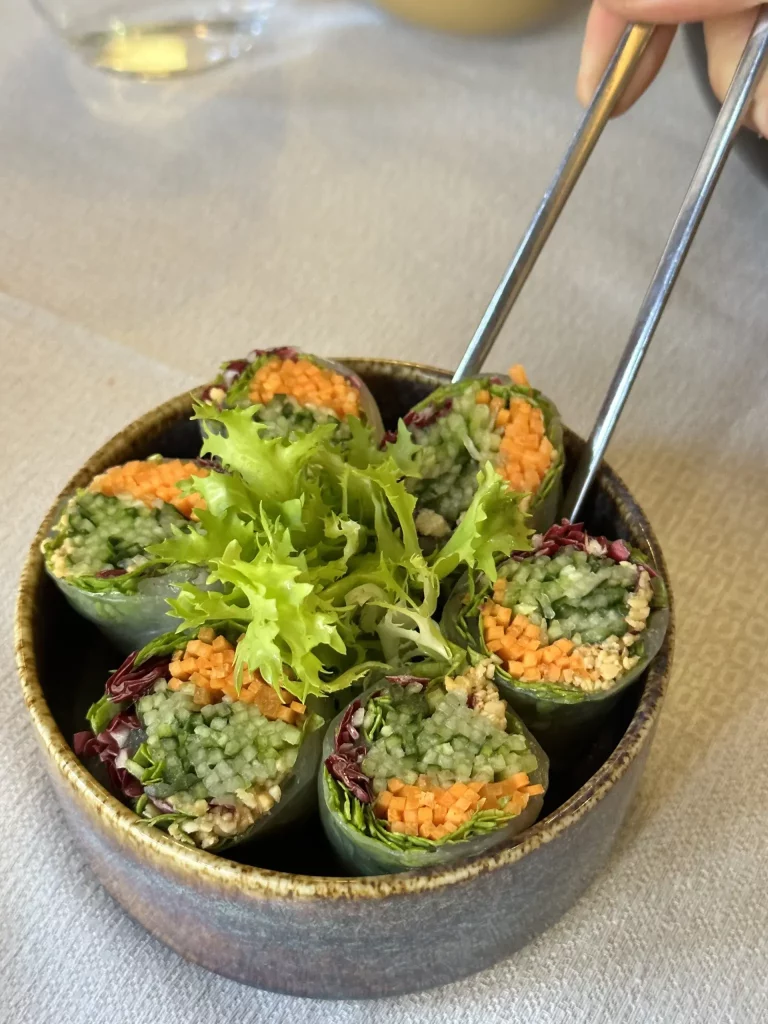
Yace Roll
Then, things get serious. Alongside Yace Rolls, Mandu, and Kimbap, come the dishes that don’t negotiate with Western tastes. You quickly understand why Tteokbokki is so loved: soft, chewy rice cakes swimming in a thick red sauce with that addictive, fiery kick. One bite leads to another.
For ultimate comfort food, there’s Jjajangmyeon — thick noodles coated in a glossy black soybean sauce with vegetables and pork. Meanwhile, Japchae, made with sweet potato noodles, offers a more delicate flavour — the kind you’d happily finish all by yourself.
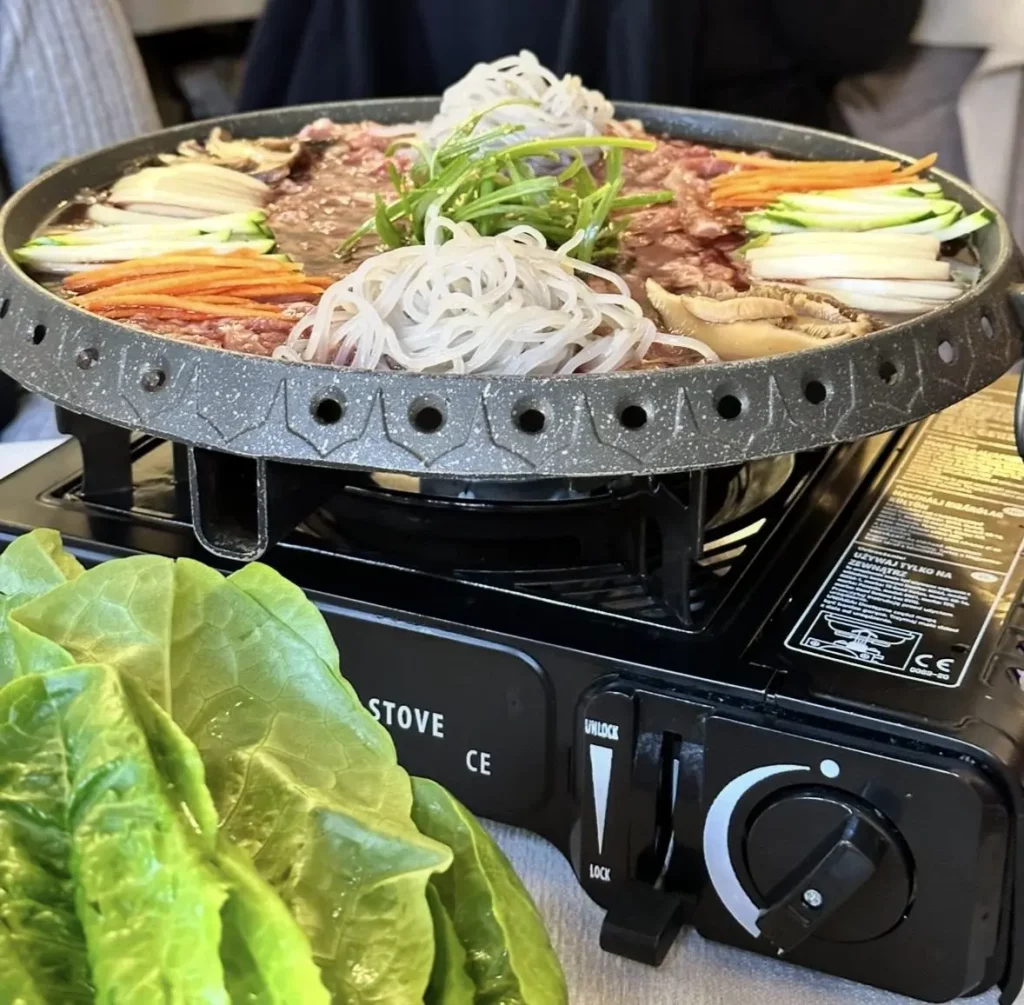
The real show: the meat
Bulgoghi arrives raw, ready to be cooked at the table on a portable burner — a beautiful process to watch as thin slices of marinated beef turn tender before your eyes. But the real star is the L.A. Galbi: thin-cut beef short ribs grilled to perfection, so juicy you’ll want to grab them with your hands.
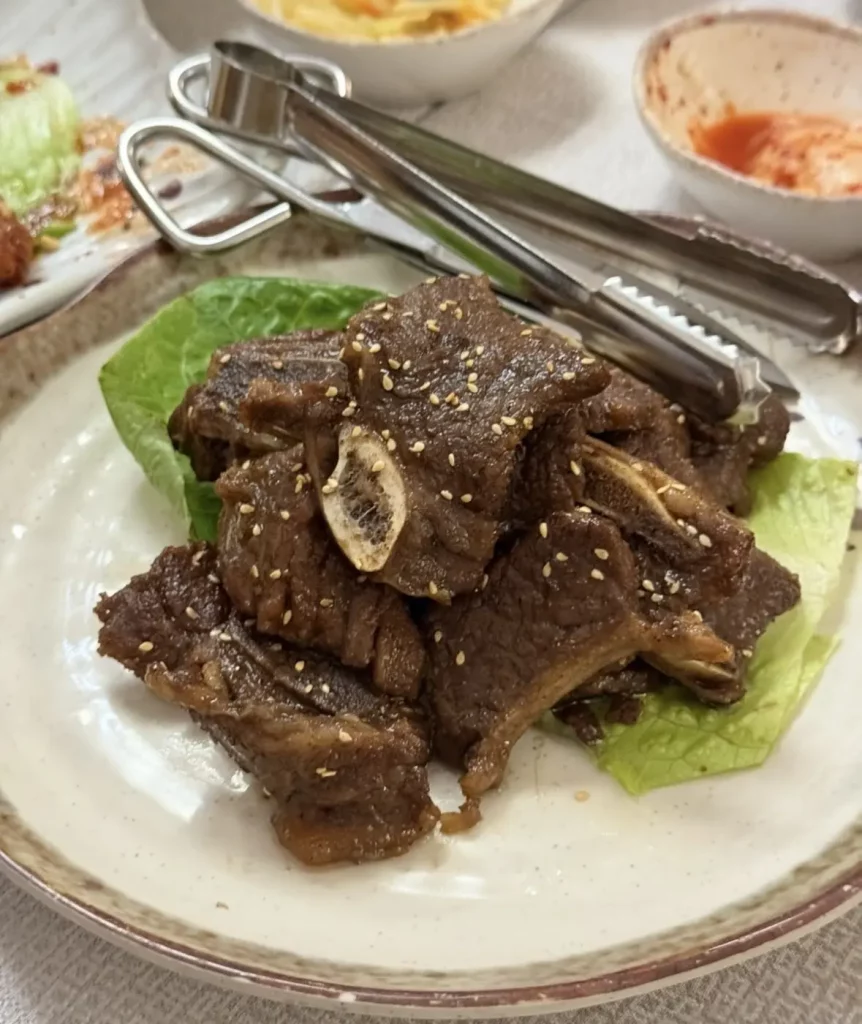
Then comes the almost sacred moment when the Dolsot-Bibimbap arrives, sizzling in its hot stone bowl: raw egg yolk, rice, and vegetables to be mixed immediately. The Duegi Galbi Kimchi Gim, a stew made with kimchi and pork ribs, is pure emotion — so flavourful it has earned its Korean nickname bab-doduk, the “rice thief”, because one bowl of rice is never enough to go with it.
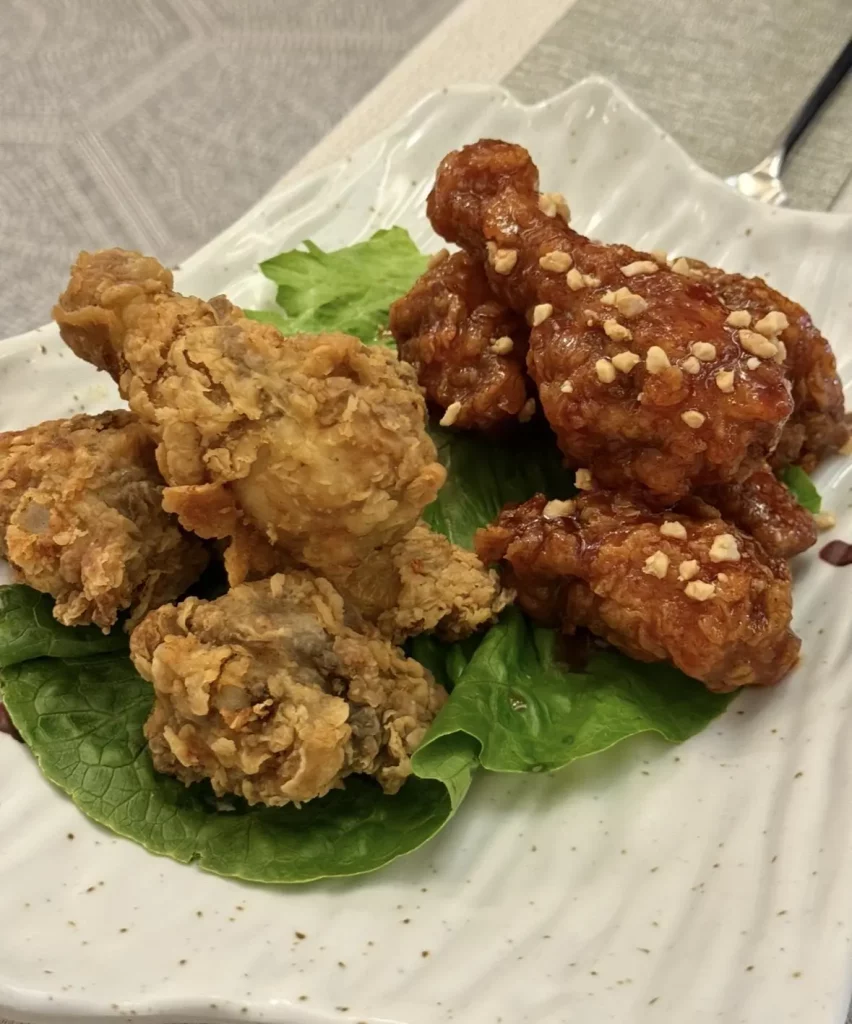
Praise for the K-Chicken
And then, there it is — the king of the menu: Korean fried chicken, arriving with a golden, perfectly crisp coating that cracks audibly with every bite, encasing meat that remains juicy and tender.
It comes in two versions, both irresistible. The classic: simple, fragrant, highlighting the quality of the meat and the lightness of the frying.
But it’s the glazed version that reaches true glory — each piece coated in a luscious sauce, striking a flawless balance of sweet and tangy, with a lingering, gentle heat. Delightfully sticky, it stains your fingers red, forcing you to lick off every trace. One bite compels another — a pleasure and a torment all at once.
Just like its K-Chicken, IGIO is utterly addictive, leaving you craving to come back the very next day.
Photo credits: the author and Martina Chirico

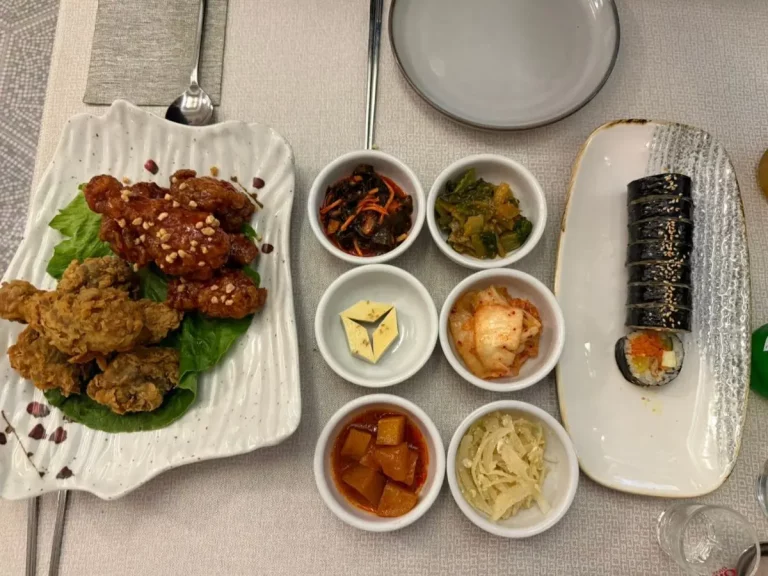
 'Watch out for Ireland: wine health warnings have only been postponed to 2028,' warns CEEV secretary
'Watch out for Ireland: wine health warnings have only been postponed to 2028,' warns CEEV secretary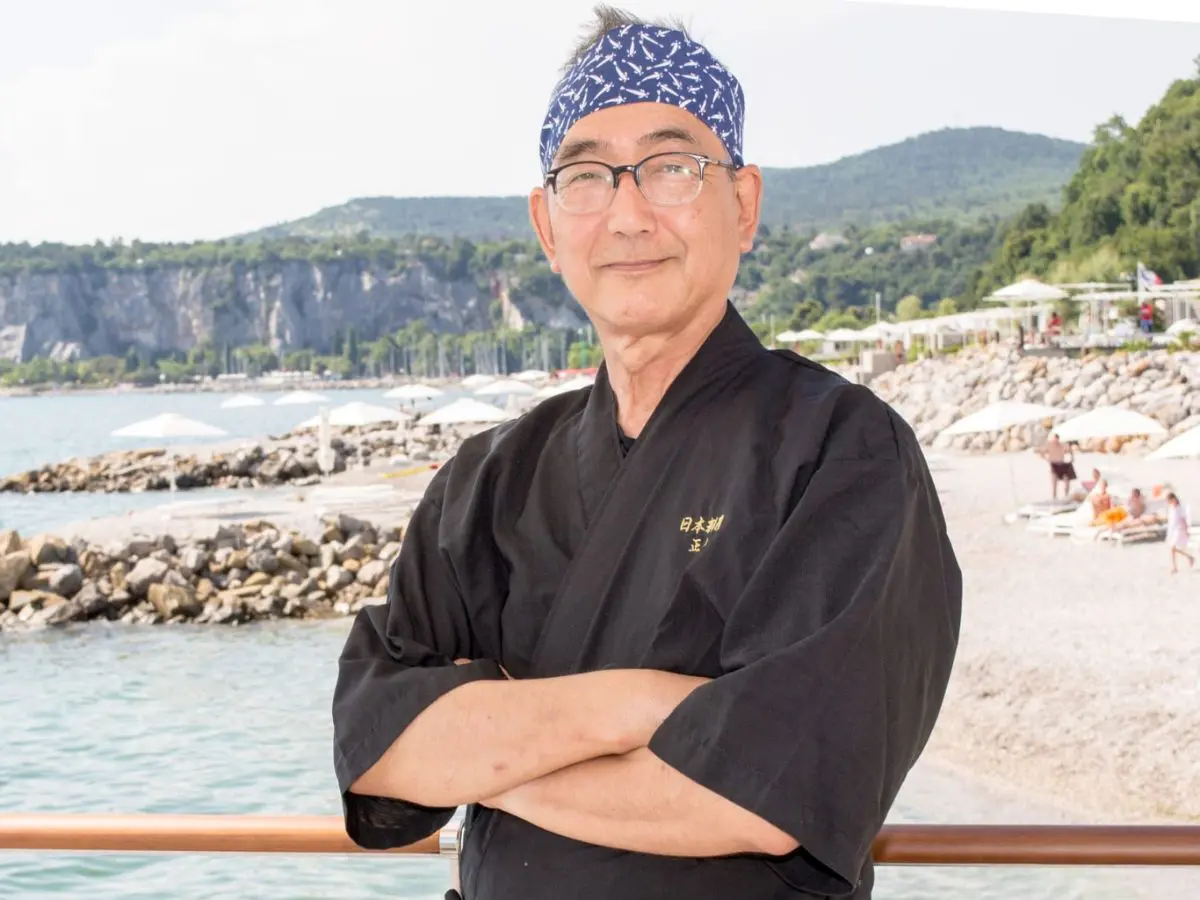 The former food critic who brought authentic omakase to Udine
The former food critic who brought authentic omakase to Udine Are wine's woes structural or cyclical?
Are wine's woes structural or cyclical? Jannik Sinner toasts ATP victory with Asti, but Italian newspapers call it 'Champagne'
Jannik Sinner toasts ATP victory with Asti, but Italian newspapers call it 'Champagne' Italy defies global wine production drop, OIV data reveals
Italy defies global wine production drop, OIV data reveals




